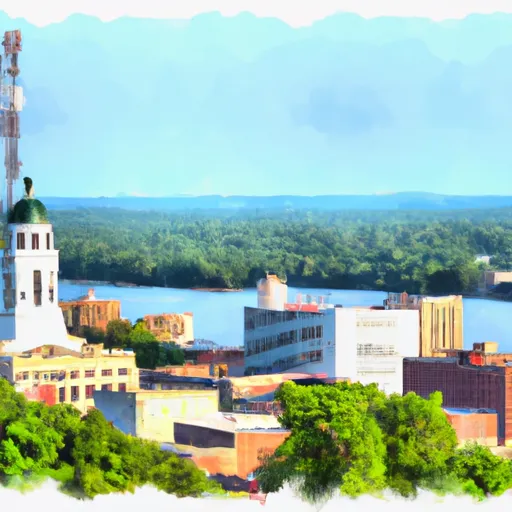°F
°F
mph
Windspeed
%
Humidity











Natchez, Mississippi, known for its rich history and picturesque landscapes, offers a pleasant climate and diverse outdoor recreation opportunities. The city experiences a humid subtropical climate with hot summers and mild winters. Summers are typically hot and humid, often characterized by temperatures reaching the upper 90s°F (35-37°C). Winters are relatively mild, with average temperatures ranging from the mid-40s°F (7-9°C) to low 60s°F (15-16°C).
Natchez is situated on the Mississippi River, showcasing its hydrological features. The river's presence provides the city with a stunning waterfront, creating opportunities for boating, fishing, and kayaking. The riverfront parks offer beautiful views and serene picnic spots.
Outdoor enthusiasts can explore the surrounding forests and natural areas, such as the Natchez Trace Parkway. This scenic route offers hiking, biking, and birdwatching opportunities, allowing visitors to immerse themselves in the area's natural beauty. The nearby Homochitto National Forest provides additional outdoor adventures with its trails, camping grounds, and opportunities for hunting and fishing.
Overall, Natchez's favorable climate, picturesque riverfront, and abundant outdoor recreational options make it an enticing destination for nature lovers and history enthusiasts alike.
Weather Forecast
Natchez receives approximately 1522mm of rain per year, with humidity levels near 86% and air temperatures averaging around 19°C. Natchez has a plant hardyness factor of 8, meaning plants and agriculture in this region tend to thrive here all year round.
Regional Streamflow Levels
4,090
Cubic Feet Per Second
3,920
Cubic Feet Per Second
223
Cubic Feet Per Second
226,000
Cubic Feet Per Second
Nearby Camping
| Camping Area | Reservations | Toilets | Showers |
|---|---|---|---|
| Poverty Point Reservoir State Park | |||
| Chicot County RV Park | |||
| Kemper Williams Parish Park | |||
| Natchez State Park | |||
| Oak Grove City Park | |||
| Lake End Park |



